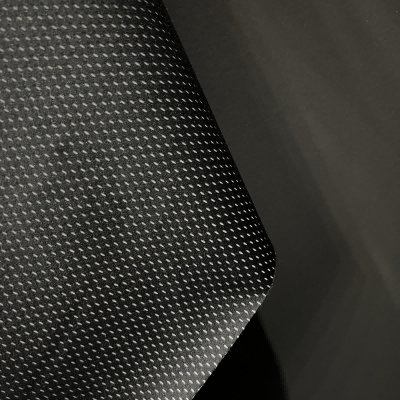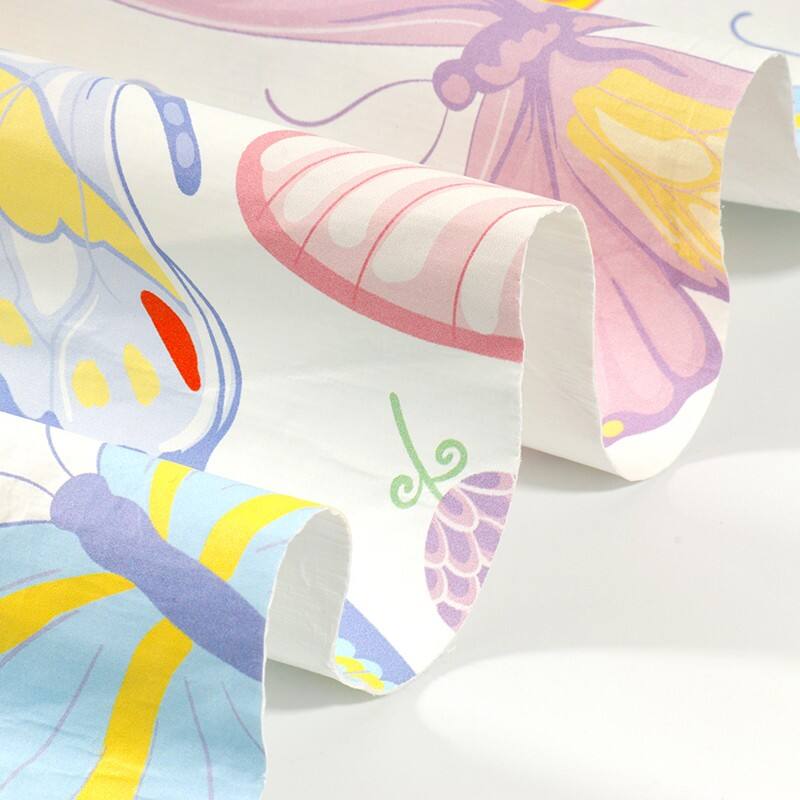blended fabric
Blended fabric represents a revolutionary advancement in textile engineering, combining multiple fiber types to create a superior material that maximizes the benefits of each component. This innovative textile solution merges natural and synthetic fibers in carefully calculated proportions, resulting in a fabric that exhibits enhanced durability, improved comfort, and superior performance characteristics. The manufacturing process involves sophisticated spinning techniques that ensure uniform distribution of different fibers, creating a cohesive and stable structure. These fabrics typically incorporate combinations such as cotton-polyester, wool-acrylic, or bamboo-spandex blends, each serving specific functional purposes. The versatility of blended fabrics makes them ideal for various applications, from everyday clothing to specialized technical wear. They offer improved wrinkle resistance, better moisture management, and enhanced color retention compared to single-fiber fabrics. The technology behind blended fabrics also allows for customization of properties such as stretch, breathability, and thermal regulation, making them suitable for diverse environmental conditions and use cases. This adaptability has revolutionized both fashion and functional apparel industries, providing solutions that meet modern consumers' demanding requirements for comfort, durability, and style.


